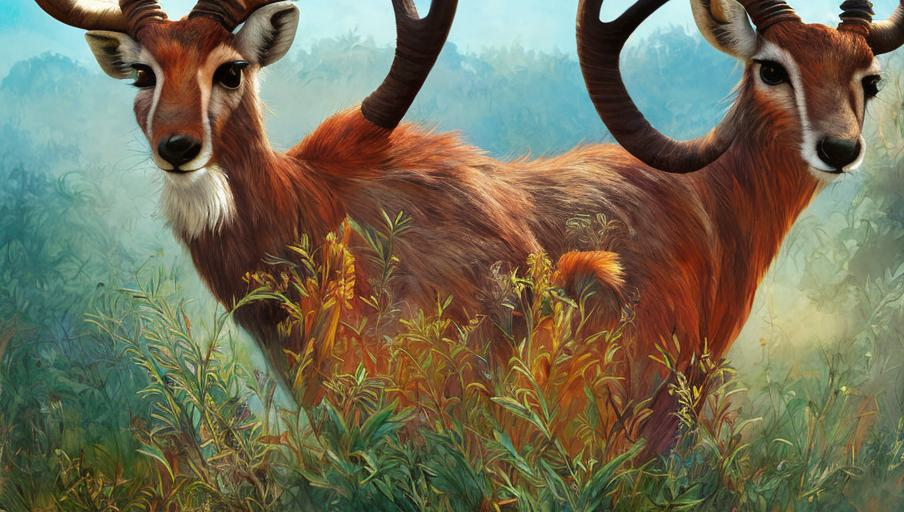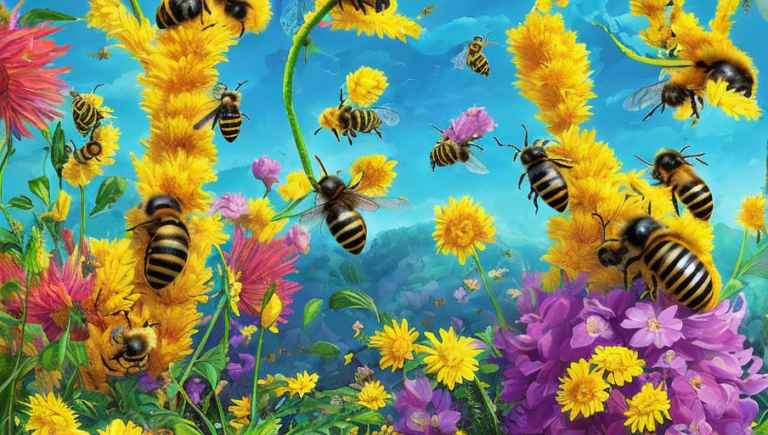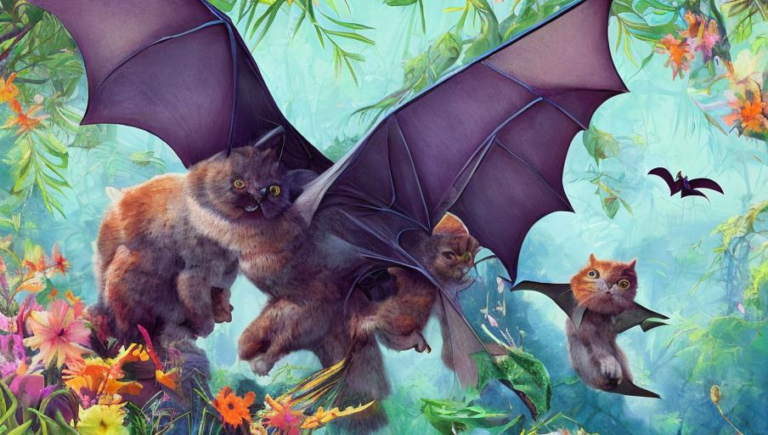Growth Rates of Antelope Populations

Understanding Antelope Populations
Antelope are some of the most fascinating creatures in the world. They are found in a variety of habitats and they can live in a range of climates. They are also incredibly resilient and can survive in difficult conditions. But one of the most important aspects of their survival is the rate at which their population can grow.
Antelope Reproduction
Antelope reproduce rapidly and can produce multiple young in a single season. Female antelope usually give birth to one or two offspring at a time. The young are usually born in late winter or early spring when food is plentiful and temperatures are mild. They are able to walk, run, and graze shortly after birth and can reach their full adult size in just two years.
Factors Affecting Antelope Population Growth
The rate at which antelope populations can grow depends on a variety of factors. The availability of suitable habitat, the amount of food available, the rate of predation, and the presence of disease can all affect the growth rate. Additionally, the number of males and females in the population can also play a role in the growth rate. If there is an imbalance of males and females, it can affect the number of offspring that can be produced.
Impact of Human Activity on Antelope Population Growth
Human activities such as hunting, habitat destruction, and climate change can also have an effect on antelope population growth. Hunting can reduce the number of males and females in the population, which can affect reproductive rates. Additionally, habitat destruction can reduce the amount of suitable habitat available, which can reduce the number of antelope that can inhabit an area. Finally, climate change can affect the availability of food, which can also have an impact on the growth rate.
Conservation Efforts
Given the importance of antelope populations, there are a variety of conservation efforts underway to protect and manage these populations. This includes efforts to protect their habitats, reduce hunting, and promote sustainable use of the land. Additionally, conservationists are also working to ensure that populations are not over-harvested, as this can have a lasting impact on the population. Finally, there are also efforts to increase the number of males and females in the population, which can help to ensure a healthy growth rate.
Conclusion
Antelope are an essential part of many habitats, and it is important to ensure their population can continue to grow. By understanding the factors that affect their population growth and by taking measures to protect their habitats, we can ensure that these creatures can continue to thrive for generations to come.





